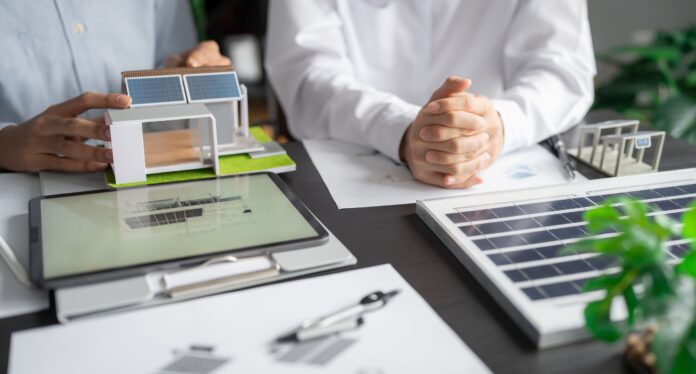From 31 March 2025, a new version of the “Clean Air” programme comes into force – a key instrument supporting the energy modernisation of single-family homes in Poland. Although the aim – to improve air quality and increase energy efficiency – remains unchanged, the new rules introduce significant restrictions for manufacturers and, indirectly, for investors. Particularly controversial is the decision to limit access to subsidies solely to equipment manufactured in Europe.
European production as an eligibility condition
According to the published guidelines, only devices manufactured, tested and certified within the European Union or the European Free Trade Association (EFTA) will be eligible for inclusion on the so-called List of Green Devices and Materials (ZUM), which forms the basis for qualification for grants. This change affects entities whose supply chains are based on production outside Europe – in particular manufacturers of heat pumps and heating systems from Asia, who have so far represented a significant share of the Polish market.
The industry does not hide its concerns. Representatives of organisations such as PORT PC and APPLiA Poland point to the lack of public consultation and the imprecise criteria for defining “European production.” There is concern that the new regulations will discriminate against devices which, despite having European quality certificates, do not meet the formal geographic origin requirements.
Risk of divestment and reduced competition
From the perspective of both foreign and domestic investors, the new regulations carry serious implications. Some global brands may withdraw from the Polish market or significantly reduce their presence if their products are excluded from the programme. This, in turn, could lead to a decline in competitiveness and higher prices for end users.
On the other hand, manufacturers who already have European production infrastructure – or are ready to expand it – may be strengthened. For investors, this means the need to review their supplier portfolio and potentially consider capital engagement in local assembly plants or certification centres.
Contractors under scrutiny
The new version of the programme also tightens requirements for contractors. Mandatory energy audits, standardised technical requirements, and expanded quality monitoring are increasing pressure on smaller entities that may not be able to meet the new procedural standards. This is leading to a gradual consolidation of the contractor market, which, from the investors’ point of view, increases transparency and predictability, but at the same time limits operational flexibility.
Public support – still a key component
Despite the controversy, the programme has record funding – PLN 10 billion from the Modernisation Fund – and a new management architecture in which local governments play a greater role. This strengthens local implementation capacity and could accelerate investment realisation. Nevertheless, without clear and uniform rules for device eligibility, there remains a risk of delays and interpretative disputes at the project level.
Recommendations for investors
In light of the changes, it is worth reviewing investment exposure and potential impacts on current and planned ventures:
- Verify product compliance with the updated ZUM list – with emphasis on component origin and certification processes.
- Consider investment in local production or certification capacities, especially in the heat pump segment.
- Analyse the contractor market for consolidation trends and potential acquisitions.
- Monitor legislative developments and industry association positions – regulatory revisions may occur due to market pressure or European Commission intervention.




